Why Does My Sewing Machine Keep Jamming & How To Solve: 2024
A sewing machine is a great investment for anyone who loves to sew. However, if your machine keeps jamming, it can be frustrating and time-consuming.
In this blog post, we’ll give you some tips on how to prevent your machine from jamming and how to fix it if it does happen. We’ll also show you some of the most common reasons why a sewing machine might jam.
So, whether you’re a beginner sewer or an experienced seamstress, read on for helpful tips!
If your sewing machine keeps jamming, don’t fear! There are several reasons this occurs and we have the best solutions for you.
Why Does My Sewing Machine Keep Jamming: Step By Step Guide
A sewing machine can jam for many reasons, but ultimately these reasons can be divided into two categories: user error or maintenance issues.
For example, if you try to sew denim with a small and delicate needle, the needle will break and the machine will stop working. Similarly, if the presser foot is broken, the machine will clamp up in the middle of a project.
Here Are Fifteen Reasons Why You May Have A Jammed Sewing Machine On Your Hands.
Needle Suddenly Fails To Move
If your sewing needle becomes difficult to move, the first thing you should check is if the needle is set correctly. There are generally two reasons why needles get stuck while sewing:
- It’s possible the clutch has become disconnected.
- The driver’s belt might be broken.
- Always check that you’re using the correct size needle for your project!
Solution:
- If the issue is with the clutch, you’ll notice that the sewing machine isn’t even in sewing mode. Be sure to check that its hand wheel is free of obstruction.
- Afterward, push your machine’s bobbin winder on the left side. This will return it back to its bobbin winding mode and hopefully fix any issues with needles after this point.
- You will need to replace the drive belt if it is broken.
- Depending on the fabric, you may want to use a bigger or smaller needle.
The Motor Fails To Function
A broken motor can often be fixed by troubleshooting the issues with the motor belt or electrical parts. Carefully inspect the wires between the motor and foot pedal, which are usually loose or broken.
Related Article: How to change sewing machine motor belt
The Solution:
- Disconnect your sewing machine from the power outlet.
- If there are any broken or loose parts in the motor belt, be sure to replace them as soon as possible.
- Attach the wires between the motor and the foot pedal.
- To test the wire connections that reach the foot pedal, use a multimeter.
- If the foot pedal’s connectivity reads negative, then it needs to be replaced.
- If your motor brake is making a humming noise and does not run, it means that your motor belt is too tight.
- To remove debris and lint from your drive gears, start spinning the handwheel before cleaning and oiling the motor belt. Now that the motor has loosened up, it will run much more smoothly.
- Always remember that every machine is unique, and the motor might be in a different location within the machine.
The Thread Keeps On Breaking
You’re likely familiar with the feeling of sewing something quickly, only to have the thread break right when you start. It’s immensely frustrating and can feel like it’s happening over and over again.
If the machine threading is not responsible for the jamming, then the thread breakage must have another root cause with a corresponding solution.
Solution:
- The problem might be caused by poor threading. You need to re-thread the top thread on the machine. It’s because there is something obstructing it that is making the machine fail to function properly. For example, the laser cord or spool might not be holding its thread correctly and making it difficult to move.
- Choose needles with large eyes to avoid breaking the thread. Smaller needle eyes are more susceptible to tension and breakage from the movement of the sewing machine.
Several Stitches Keep Getting Skipped
If your sewing machine is skipping stitches, it’s likely because you’re using the wrong needle. You can check if the needle is properly inserted by _______.
The Solution:
- If you’re stuck with a bad needle, you’ll need to get a replacement. A simple rule of thumb is that ballpoint needles are for knitted fabrics and sharp needles are for woven fabrics.
- Uneven stitches could be indicative of an issue with the machine’s tension. Usually, the top and bottom stitches should look close to identical.
- If you find that you’re changing the needle frequently, ensure that the machine is taking in the fabric gradually rather than forcing it.
Sewing Machine Refuses To Take In The Fabric
If you’re a beginner and your machine is having trouble stitching or taking in the fabric, don’t worry. This problem can be fixed by following these steps:
The Solution:
- To resume sewing, raise and calibrate the dog feeders to a comfortable height.
- If you frequently sew buttonholes, you can keep the stitch length at zero rather than adjusting it to two or three.
- If your last project was a quilt, sew with the feed dogs raised a couple of inches above the plate.
- Before you start sewing, make sure the foot pedal is raised. This way, the feed dogs can grip the fabric as you move it along.
- If your thread tension is too tight, it can be a problem. Make sure it’s loose enough, and then try feeding your fabric through again.
- If your machine has any tangled threads, make sure to re-thread it.
Sewing Machine Being Stuck In Reverse
If you’re ever sewing and find that you need to go backward, don’t worry- your machine is designed to handle that.
If it stayed in reverse the whole time, you wouldn’t be able to sew properly at all! There are two easy ways to fix this issue:
The Solutions:
- If the feed dog is stuck in reverse, the machine will keep on sewing backward. To fix this problem, you need to clear out the dirt and lint from the feed dog area. After this, check whether the feed dog is raised high enough to grip your fabric.
- The machine may have been set to reverse. To check if this is your problem:
- Turning your machine Switch on and off
- Make sure the reverse levers aren’t being used
- Ensuring the bobbin is correctly installed and clean
No Enough Tension In The Upper Thread
Most people assume that a sewing machine jams because there is an entangled thread below the fabric, but did you know that oftentimes it is caused by a lack of tension in the upper thread?
The sewing machine will jam if there isn’t enough tension to pull the thread through the fabric.
The Solution:
- If you want to fix this problem, there’s only one solution to try. Raise the machine’s presser foot and start re-threading the needle according to the manufacturer’s instructions. If that doesn’t work, then the issue lies with another part of the machine, and in that case, it would be best to consult a professional.
The Sewing Machine Is Stuck At The Maximum Speed
Slowing down at complex sections is crucial when sewing; this allows you to maintain control over the speed of the machine. To ensure your machine doesn’t always sew at full throttle, regularly check for these issues:
The Solutions:
- If the machine has a motor issue, the speed will be impacted as well. A professional’s help is needed to fix this type of problem.
- If you’re experiencing difficulties with your foot pedal, it could be that the machine is running at full throttle. To check this, see if anything is jamming the pedal and preventing it from going back to its original position. Additionally, clear any dirt or debris that might be blocking the pedal’s normal function.
The Machine Stuck At Its Bobbin Mode
Let your sewing machine do the work for you when it comes to winding the bobbin- if you try to handle it yourself, the thread tension will be lost.
Understandably, there are several reasons why you cannot remove the machine from its bobbin winding mode which are stated below.
The Solutions:
- If your sewing machine is having issues, it might be due to an outdated software version. In this case, you may need to either troubleshoot the machine or upgrade the software. If you don’t feel comfortable doing this yourself, reach out to a professional for help.
- You can usually fix this problem by yourself if you remember to switch the lever that sets the bobbin winding mode. However, if you forget or it does not work, ask a professional for help.
The Hand-wheel Refuses To Move
The handwheel on any sewing machine should rotate smoothly. If you’re having difficulty moving the handwheel, there’s a problem.
A handwheel becomes difficult to move when the sewing machine gets jammed for various reasons.
The Solutions:
- It is important to check whether the needle or fabric has become stuck in the machine.
- If the thread is causing a mess midway, it needs to be completely re-threaded for the machine to work properly.
- If the hand wheel above still won’t move, it’s time to bring in a professional for servicing.
The Presser Foot Fails To Move
If the presser foot is stuck downward, you won’t be able to put the fabric underneath. But if it’s stuck upwards, which might seem like a bigger problem at first, you still can’t sew.
The Solution:
- The broken lever is the reason why the presser foot remains stuck downward. When this happens, you will need to call a professional for help. Alternatively, you can buy a new presser foot as the old one might not be usable anymore.
- The presser foot could be stuck in the up position because of gears that are no longer working or debris near the foot. The machine might also just be stuck in bobbin mode. If you have checked all three conditions and found nothing, professional help will likely be necessary to fix the problem.
A Broken Or Deformed Needle
A sudden machine malfunction can occur if the needle is broken or bent, which won’t allow the thread to enter the fabric.
The Solution:
- You may be surprised to learn that using a damaged or deformed needle is one of the leading causes of sewing machine problems. If you suspect your needle is damaged, take a close look at it and replace it with a new one if necessary. It’s also important to use the right size and type of needle for your machine and project. Using the wrong type of needle can cause all sorts of issues, including jamming.
Clogging Of The Machine At Some Points
If your machine is acting up, it might be because there’s debris or lint stuck inside of it. That’s why you should regularly take some time to clean out your machine.
The Solutions:
- If your machine is jammed, shut it off and remove the thread. Clean every nook and cranny of the machine, focusing on all its movable parts. A small brush should do the trick getting rid of any dust or grime build-up. Furthermore, to keep your machine running like new, make sure to oil its metal bits regularly.
- Use canned air to blow out all the residue from its bobbin parts. If you don’t want this happening again, clean and oil your machine every month. However, if you sew daily, you will need to do maintenance more often than once a month.
Improper Threading Leading To Tangling
A tangle of thread often results from an incorrect stitching machine setup. So, just because you notice the mess on the bobbin section of your sewing, do not automatically think it is due to the bobbin.
The Solutions:
- To start, raise your machine’s presser foot and completely unthread the machine. Now, re-thread your machine making sure to keep the presser foot in the upward position. Next, follow the guide in your manual and make sure all threads are in their proper places.
- A lot of people make the mistake of threading their sewing machines while keeping the presser foot down. This makes the tension disks tight or engaged and causes the thread to not stay correctly between those two disks, which creates problems further down the line.
Sewing Machine Stuck In Zig-zag Mode
Zig-zag stitching is often used for areas where a straight stitch cannot be sewn. This might include buttonholes or sewing stretchy fabrics.
Even though some materials may need zig-zag stitches, that does not mean the machine always needs to be set in zag mode.
The solution:
To take the sewing machine out of zig-zag mode, first look in the owner’s manual. If you can’t find anything useful there, contact the manufacturer’s helpline number for assistance.
Related Article: Why Does My Sewing Machine Keep Unthreading
Conclusion
If you’re experiencing any of the above issues with your sewing machine, don’t worry! There are solutions to help prevent or fix these problems.
By following the tips we’ve outlined in this blog post, you’ll be back to sewing in no time. So, get those machines out and start stitching!
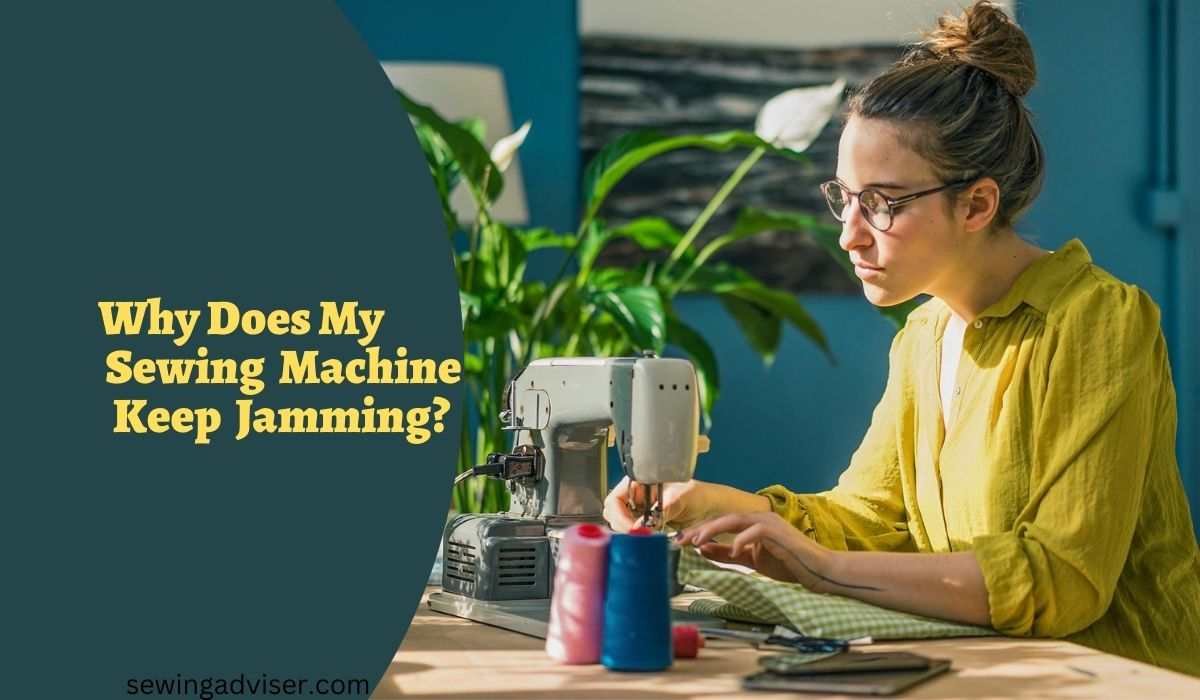

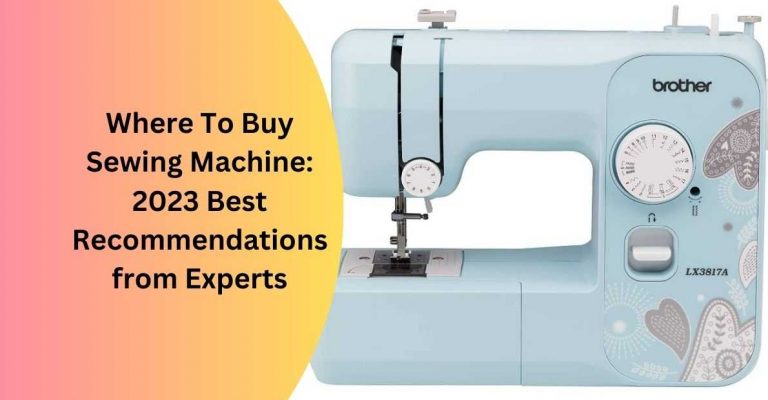
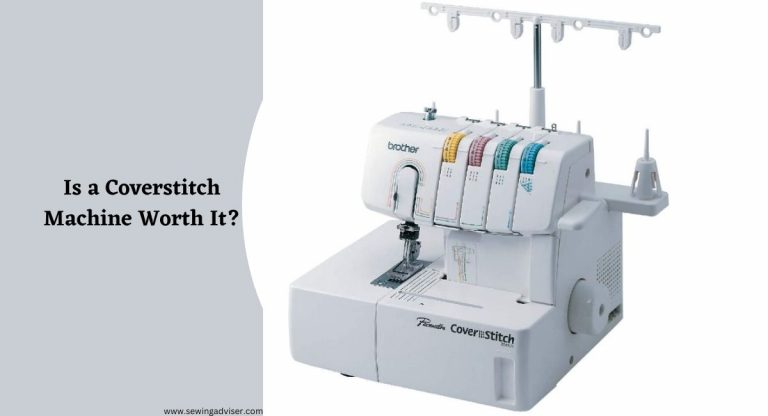
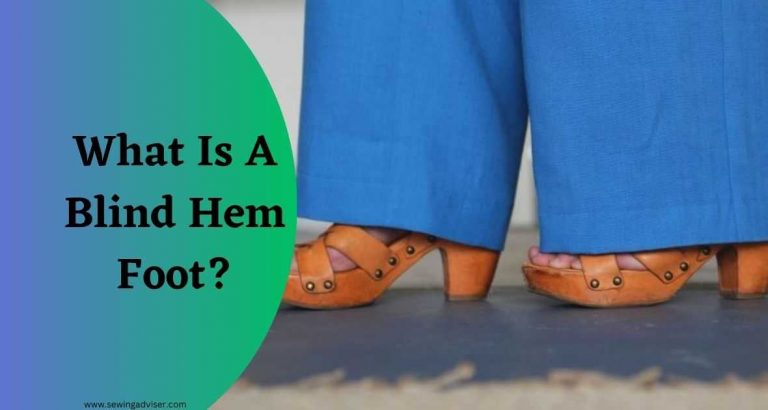
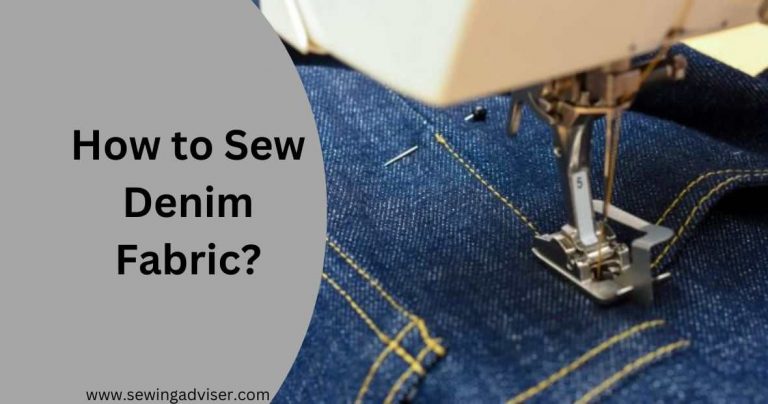

21 Comments